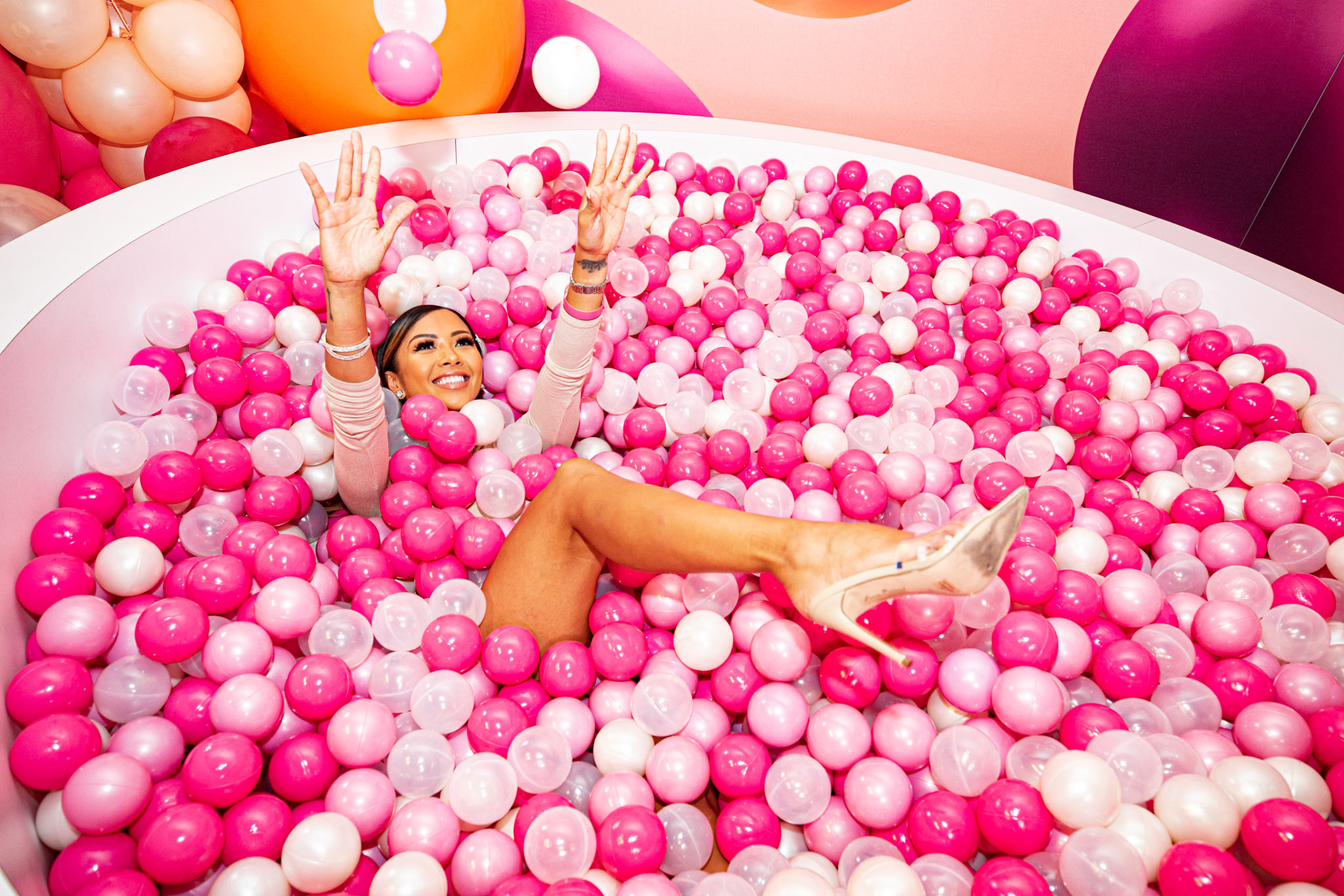How to Target the 5 Senses to Boost Brand Appeal
- November 12, 2021

Companies around the world are increasingly targeting a customer’s 5 senses in brand campaigns as part of the emerging popularity of sensorial marketing.
A study by Mood Media showed businesses saw up to a 10% increase in sales during sensorial marketing campaigns, allowing for a 6% increase in cost per item to meet the increased demand. The data contributes to a growing consensus among the academic community and the marketing world across a broad spectrum of industries on the value of further appealing to the human subconscious to influence consumer behavior.
It all boils down to the science of embodied cognition, which explains how human beings and other organisms act upon bodily sensations when making split-second decisions.
In a conference paper by Dr. Laimona Sliburyte, former business administration professor at Kaunas University of Technology, concluded that triggering an emotional response to certain stimuli was a key factor in influencing customer decisions, as well as their perception of quality of the goods/services rendered.
When it comes to experience marketing on a digital platform like Instagram, there are a plethora of means marketers can use to increase conversion by utilizing visual and auditory stimuli. However, appealing to a customer’s other three senses — smell, taste, and touch — in a digital marketing campaign is complex and requires considerably more strategic planning.
Scent plays an important role in customer decisions, provoking a 28% increase in emotional response among consumers. This makes scent one of the most powerful senses for a brand to target. For example, an experience marketing campaign to convert a potential customer using scent could be a direct mail campaign after providing their contact info at a brand activation to receive a scented sample of luxury perfume or a new air freshener fragrance.

The five senses — sight, smell, sound, taste, and touch — allow us to process information about our environment. Evolutionarily speaking, the ability to collect information on our surroundings and develop automatic responses based on a memory of our experiences has been a critical component of our survival as a species.
Throughout human history, our five senses were used to detect harmful foods, predators in the area, and a myriad of other potential threats to our survival. Our senses are in a continuous symphonic operation with one another to store “data” in our subconscious mind to process a future response to stimuli.
While brands can create marketing campaigns that appeal to a customer’s values or the trends of a subculture, sensorial marketing allows marketers to decode the human decision-making process by shaping tactics around evoking an automatic response from the 5 senses using sensory/sensorial marketing.
In recent years, the subject of sensory marketing has garnered enough attention among academics and marketing communities alike that a team of researchers at Munjal University published a research article in 2021. It presents a systematic and critical analysis of three decades of sensory marketing research using bibliometric analysis.
The research team examined hundreds of studies on the subject from peer-reviewed sources. They concluded the 5 senses play a dominant role in driving brand awareness and multiple senses of a consumer must be triggered so their overall experience becomes a stored memory.
As an increasing number of consumers shy away from brick-and-mortar retail stores, shifting their focus to using online platforms to purchase clothing, furniture, and necessities, the need for companies to invest in sensorial marketing, and experience marketing in general, is increasingly becoming key to maximizing any engagement with consumers, whether digital or in the physical world.
Here are five ways you can use sensorial marketing in your marketing efforts.
Sight is the most critical sense when it comes to processing immediate information about our surroundings. Sight is also the most often used sense in sensorial marketing. Sight is a sense that is vital for focusing on the visual appeal of branding — think colors, shape, and iconography.
Using a professional graphic designer, a memorable logo can have a lasting memory or at least result in a social media post. High-quality, full-screen social media videos can also attract online attention. Fast transition videos of attractive, happy people enjoying your product/service are an especially effective way to invoke a stimuli response in digital consumers.
Targeting consumers by smell is a tactic that can be quickly deployed for brick-and-mortar businesses. Abercrombie & Fitch is an example of a large retail chain that famously used billboard scenting to boost their brand appeal. However in 2017, it was found their campaign backfired after the Huffington Post reported the fragrance Abercrombie & Fitch used was linked to increased anxiety for in-store shoppers.
While it is important to avoid overpowering scents, marketers can use free samples for promotional material sent by mail to keep a customer engaged after validating their interest and providing their contact info in store.
Sound has a powerful impact on invoking nostalgia — maybe you hear an 80s pop hit and can’t help but nod your head. Carefully plan the sounds used in promotional videos and secure the rights to songs that target an audience’s youth.
Restaurants and grocery stores incorporate taste in their marketing by periodically offering free giveaways and sales to bring past customers via social media and/or email blasts. Free samples incentivize loyal and potential first-time customers to buy through demonstrating its value by using a visual that invokes an initial response of the perceived taste based on past experiences with the brand.
Creating showrooms in highly-visible public spaces such as town squares or parks is a cost-effective, but powerful experience marketing strategy for a furniture or mattress company to create memorable experiences in potential customers through touch and feel. These companies can send free samples to bring home and share with their partner. Clothing stores are also beginning to see the benefits of allowing customers to try on clothes before they buy online.
If you want to incorporate the 5 senses in your company’s next marketing campaign, then learn more about NVE’s approach.
NVE is the brand experience agency that creates the right moment that will transform someone forever. Featured in Forbes, AdWeek, and Entrepreneur Magazine, NVE has a proven record of success working with some of America’s biggest brands.
